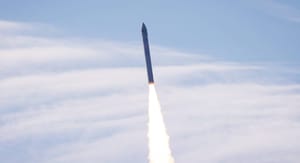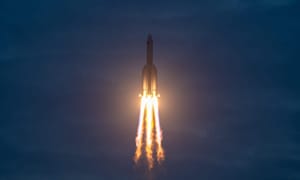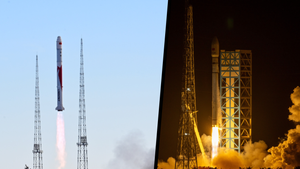
May 13, 2024
The Chang'e 6 samples: Why Apollo Basin?
With Chang'e 6 in lunar orbit after a perfect launch, there are a couple of looming questions that remain. Why on the dark side of the moon? Why such a complex mission? Why is it landing in the Apollo Basin?
The landing site chosen for the Chang'e 6 mission holds significant importance both from an engineering and scientific perspective. Situated in the southern half of the Apollo basin rim within the larger SPA( South Pole-Aitken ) basin on the Moon. The SPA basin, the largest known impact basin on the Moon, is ancient, dating back approximately 4.3 billion years. It's believed to have material from the lunar mantle, resulting in a distinctive surface composition characterized by iron and thorium anomalies and pyroxene-dominated mineralogy. Despite later geological processes potentially altering the original material, the surface of SPA still retains its uniqueness. This basin has been divided into mineralogical zones, with distinct trends in composition from inner to outer annuli.
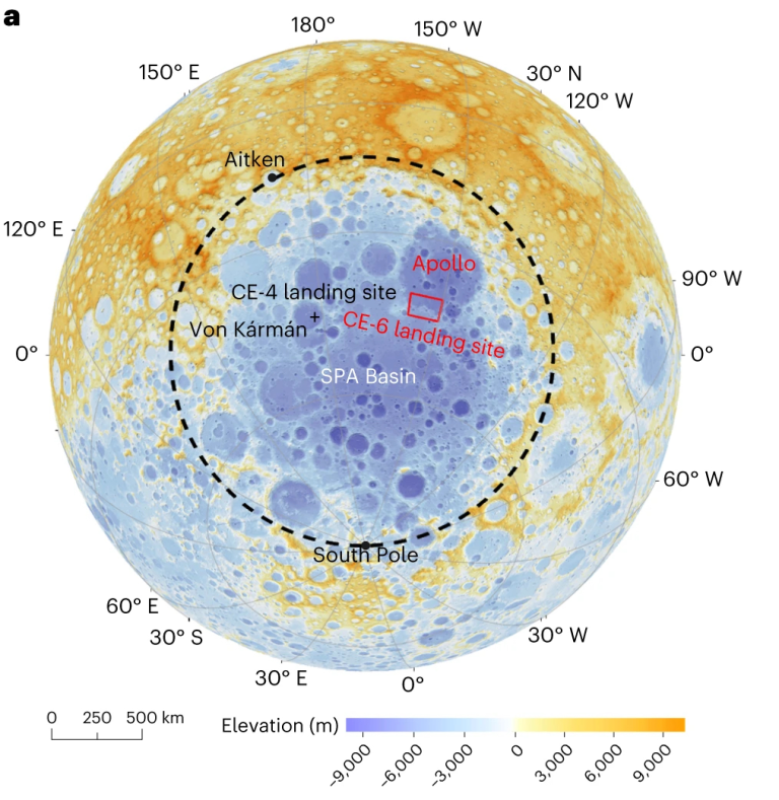
The Apollo basin, situated within SPA, formed around 3.9 to 4.1 billion years ago. Its location suggests differences in composition between its northeastern and southwestern rims. Previous studies indicate that the interior of the Apollo basin contains materials from both impact events and volcanic activities, offering a mix of geological features.
The CE-6 landing zone lies at the boundary between the central region SPA compositional anomaly and the Mg-pyroxene-rich annulus. This positioning provides an opportunity to collect diverse samples, potentially including materials from both volcanic and impact events. The area also boasts favorable terrain for landing, with a majority of the region having slopes below the maximum threshold for a safe touchdown. Moreover, the landing zone is rich in craters, with over 26,000 identified within the area, ranging from 100 meters to 1 kilometer in diameter. These craters, along with their associated features like secondary craters and crater chains, offer valuable opportunities for sample collection and enhancing the mission's scientific goals.
Furthermore, this landing will be situated on the far side of the moon, which means that Chang'e 6 will have to utilize the relay satellites. The mapping of the Chang'e 6 landing site was performed by the Chang'e 1 and 2 orbiters to create a detailed topography and choose this landing site. China's Chang'e program has been dedicated to increasingly complicated missions and the Chang'e 6 mission will help further technological capabilities for China's future lunar ambitions. These capabilities include docking in lunar orbit, landing in a difficult terrain of the moon covered with craters, and landing with minimal communication.
The South Pole–Aitken basin as we've discussed is the largest, deepest, and oldest basin recognized on the Moon. Its discovery dates all the way back to the early Luna and Zond missions. Most importantly, none of the samples obtained from the American Apollo and Russian Luna missions, nor the handful of identified lunar meteorites, have comparable compositions. This means that these Chang'e 6 samples will be significantly different from all other samples gathered from the moon as of writing this article. It utilizes a highly similar architecture to Chang'e 5 and verified technologies from Chang'e 4 thus giving CNSA high confidence for the success of this mission.
NASA's GRAIL (Gravity Recovery and Interior Laboratory) mission found that, on average, the far side's crust is 20 kilometers (12 miles) thicker than the near side's crust. The origins of this phenomenon can be traced back approximately 4.5 billion years ago, during the formation of the Moon from debris resulting from a collision between Earth and a Mars-sized protoplanet. As the Moon coalesced from this debris in the vicinity of a battered Earth, it became tidally locked, ensuring that one side perpetually faces our planet. The colossal impact rendered Earth's surface entirely molten, emitting heat towards the near side of the Moon, which remained molten for a longer duration. Scientists propose that rock vaporized on the near side and then condensed on the cooler far side, contributing to the formation of a thicker crust on the far side. However, the landing site for Chang'e 6 will be a region where the lunar mantle is partially available due to volcanic activity.
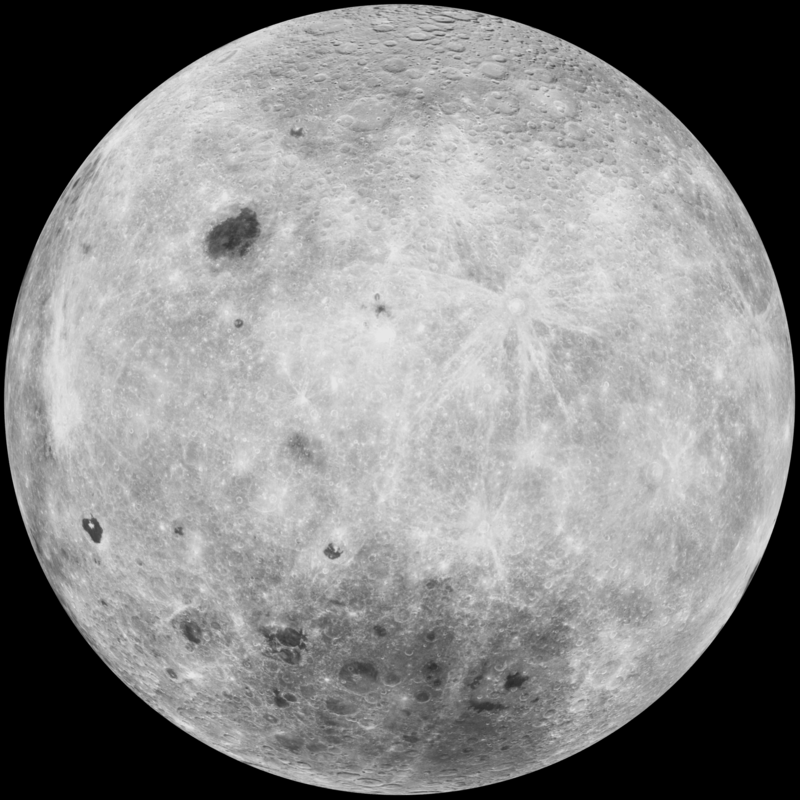
China, being the only country to ever operate on the far side of the moon's surface, also very likely has more information on the composition of the SPA basin due to analysis from the Yutu-2 rover onboard Chang'e 4.
The fundamental finding indicates that the crustal thickness discrepancy between nearside and far side may be the primary cause of lunar asymmetrical volcanism"
said Yuqi Qian of the University of Hong Kong in a statement. Qian is one of the lead authors of a new study that suggests sample material to be brought back to Earth by Chang'e-6 could test this theory. The lunar landscape presents a fascinating puzzle regarding volcanic activity, with crust thickness playing a pivotal role. On the far side of the Moon, where the crust is notably thicker, magma struggles to breach the surface through fractures in the rock. Conversely, areas with thinner crust, like the near side, facilitate magma breakthroughs, leading to volcanic eruptions.
However, the South Pole-Aitken (SPA) and Apollo basins, located on the lunar far side, present a perplexing contradiction. Despite their far-side location, these basins have penetrated deeply into the lunar crust, resulting in thinner crust layers at their bases. Although volcanic plains exist within these basins, only a small fraction—around 5%—is covered by basaltic lava flows. This discrepancy challenges the conventional notion that volcanic activity correlates directly with crustal thickness, introducing a longstanding paradox in lunar science.
An alternative hypothesis proposes a different explanation, suggesting that the near side of the Moon may harbor a higher concentration of radioactive elements compared to the far side. The presence of these elements could generate additional heat, leading to increased melting in the lower mantle and subsequently more magma production. Consequently, the near side experiences higher levels of volcanism and exhibits a thinner crust compared to its far-side counterpart. This hypothesis offers a compelling perspective on the complex interplay between geological processes and lunar volcanic activity. Nonetheless, by landing on one of the few volcanic plains on the far side, Chang'e-6 can bring back samples to directly test such theories. In particular, the region of the Apollo basin where Chang'e-6 will land contains diverse materials that warrant investigation.
The result of our research is a great contribution to the Chang'e-6 lunar mission"
said Zhao.
It sets a geological framework for completely understanding the soon-returned Chang'e-6 samples and will be a key reference for the upcoming sample analysis for Chinese scientists."
As humanity sends more missions delving into the deep dark of space with more complex objectives, we should all wish Chang'e 6 a safe landing. As the landing of Chang'e 6 will be a massive achievement for scientific discovery.

